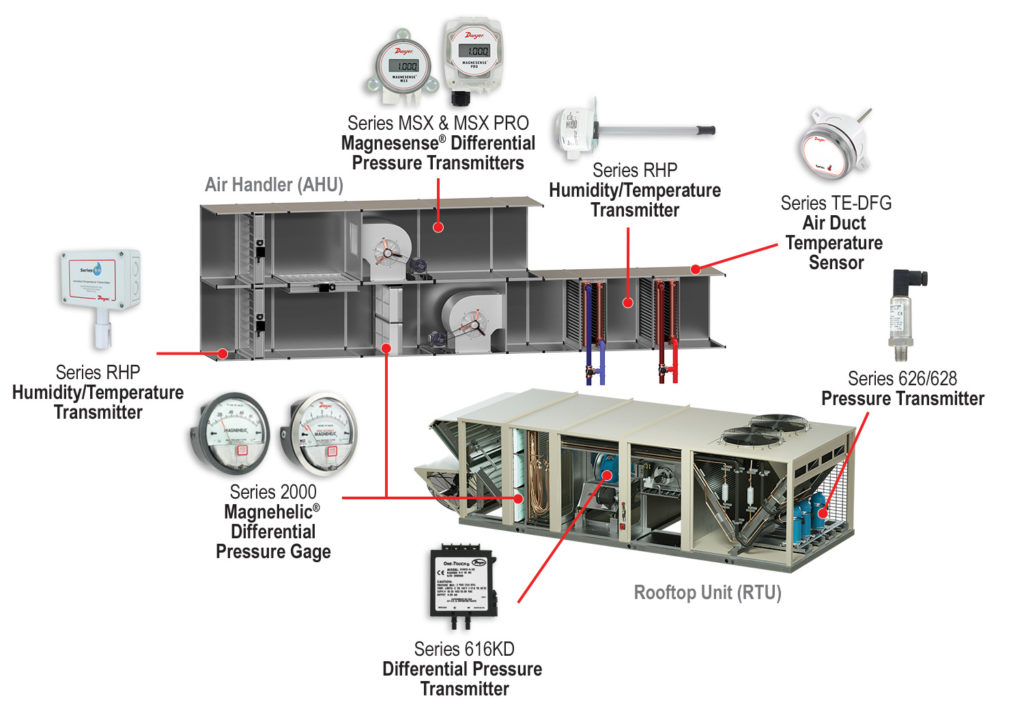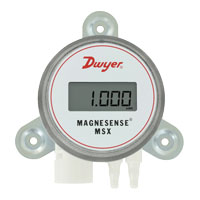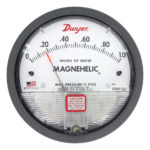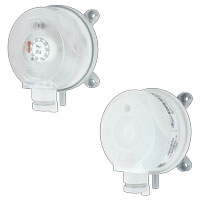What is an Air Handler?
Imagine you sit down at a restaurant on the outdoor patio, and as you’re waiting to order your food, you glance at the large HVAC system on top of the building across the street. Several questions cross your mind: Why do they need such a big system? And what goes into it? Today I want to introduce one of the vital aspects of a building’s HVAC system, the air handler.
Put simply, an air handler unit (AHU) circulates the air within a house or building. It works hand-in-hand with a cooling system and/or a heating system to distribute the air around a space.
Air handlers are present in nearly every public space; no matter if you are going into the office, sending your children to school, or attending a basketball game, AHUs regulate the air within the building. They are one of the key ways to maintain indoor air quality by injecting clean, fresh air and controlling comfort levels when it comes to temperature and humidity. Sensors and transmitters within them ensure regulated air quality, alert staff to maintenance requirements, and optimize energy efficiency.
There are several aspects to an air handler to ensure a comfortable environment, including (but not limited to):
-
Fan / blower motor – Moves the air to connected duct work
- “Supply” air is delivered via duct work to indoor spaces
- “Return” air is removed/recycled via duct work from indoor spaces
- Evaporator coil – Adds or removes heat from the air before it cycles through the building
- Filter – Minimizes the particulates in the air by “catching” things like dust, pollen, mold, and bacteria
In addition to these essential components of the air handler, units are often also equipped with humidifiers or air purifiers in order to increase indoor air quality.

Dwyer products are engineered and built to ensure all AHU applications are running smoothly and efficiently. Our designs provide application solutions for temperature, humidity, air velocity, and pressure needed for the fan, blower, heating and cooling elements, filters, humidifiers, and mixing box.

Differential Pressure Transmitters
In order to maintain comfort levels in the building, it’s important to measure and transmit velocity pressure at the fan to determine air volume production. Dwyer offers products that can send an analog signal that can be integrated into a building management system (BMS). The square designs of the Series 616KD and the Series MSX Pro Magnesense® differential pressure transmitters readily fit into AHU enclosures.
Outdoor, Duct, & Immersion Temperature Sensors
Dwyer offers an array of thermistor or RTD temperature sensors to fit various applications. By measuring the temperature in ventilation systems, condensers, and outdoor environments, it’s possible to adjust the system accordingly to ensure both optimal comfort and energy savings. The Series TE sensors offer flexible setup with low cost and easy installation.
Differential Pressure Gages

Gages, such as Dwyer’s Magnehelic® gage, allow for a quick visual status check of the pressure across filters. If there is little differential pressure across a filter, it is a sign that the air flow is relatively unobstructed. On the other hand, if there is a significant pressure difference across the filter, it is a sign that there is decreased air flow due to an obstruction like particulate build-up on the filter. Monitoring the differential pressure will help to indicate when filter replacement is needed, or if damper blockages and malfunctions are present. The time-tested Magnehelic® gage features a durable and rugged housing with high-quality components for a long service life.
Temperature & Humidity Transmitters
Monitoring air humidity in ventilation systems and outdoor environments allows occupants to adjust their system as needed to ensure optimal comfort and energy savings. Maintaining proper humidity levels will also help to prevent unwanted mold growth. Dwyer’s Series RHP is available for outside air, room, or ducts. Moreover, these transmitters are also durable and low cost.

Differential Pressure Switches
While gages will display a reading, switches allow for both pressure monitoring and simple control with integration via either a PLC (programmable logic controller) or BMS. Monitoring pressure will help indicate when filter replacement is needed or if there are damper blockages and malfunctions. The Series ADPS/EDPS have minimal components and are easily installed at low cost. They have an adjustment knob for changing pressure easily without a pressure gage.
To learn more about how Dwyer products are used in air handlers, please visit our website: https://info.dwyer-inst.com/air-handling-professionals-trust-dwyer
From Dwyer Instuments Blog.
Visa
fvbmnprhyp http://www.gb3l9hnny306zj7js1d81t316h9o79a5s.org/
[url=http://www.gb3l9hnny306zj7js1d81t316h9o79a5s.org/]ufvbmnprhyp[/url]
afvbmnprhyp
Visa
azhnltxjeln
zhnltxjeln http://www.gt6fuva04x8hao3n3qm3308dtg959037s.org/
[url=http://www.gt6fuva04x8hao3n3qm3308dtg959037s.org/]uzhnltxjeln[/url]
Visa
[url=http://www.gk8518e1t8b037xd9up505sj2bb5zo2os.org/]uowkzlnigsw[/url]
aowkzlnigsw
owkzlnigsw http://www.gk8518e1t8b037xd9up505sj2bb5zo2os.org/
Visa
[url=http://www.g22770tv6u891d6r6751qedswlc98qzks.org/]uwiekhdhq[/url]
wiekhdhq http://www.g22770tv6u891d6r6751qedswlc98qzks.org/
awiekhdhq
Visa
dyjtrnvkxl http://www.g89l2j084e12fwag92q69pak9p1wmd67s.org/
[url=http://www.g89l2j084e12fwag92q69pak9p1wmd67s.org/]udyjtrnvkxl[/url]
adyjtrnvkxl